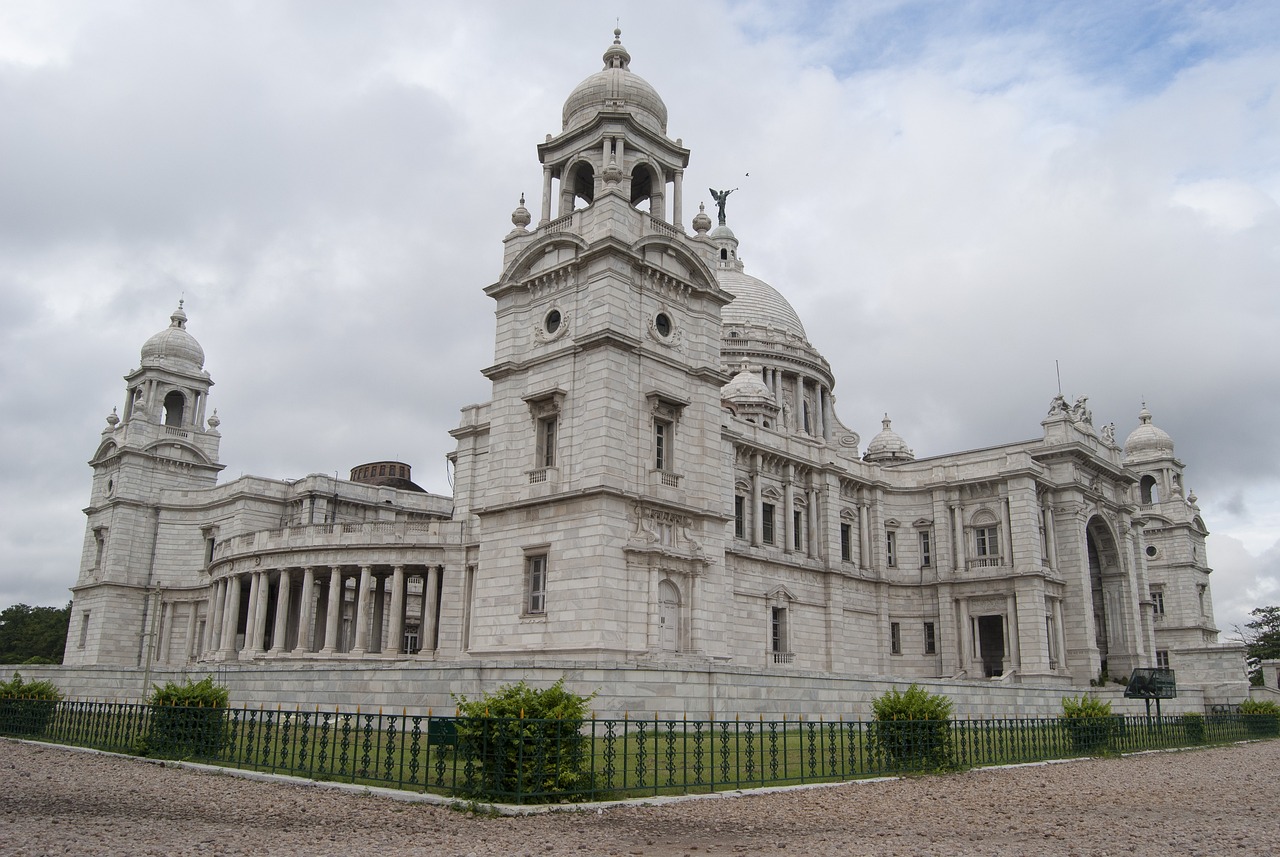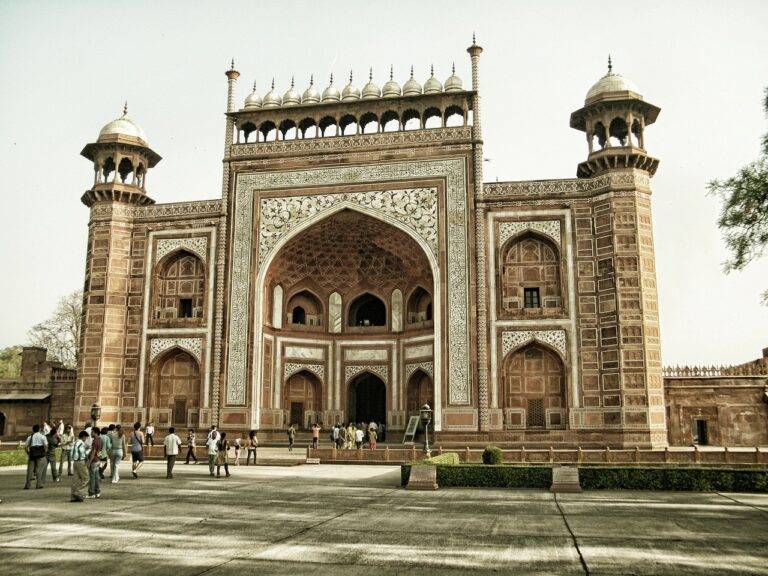Ethical Considerations in Influencing Media Coverage of Campaigns
Media coverage plays a pivotal role in shaping the narrative and public perception of political campaigns. The way that candidates and their messages are portrayed in the media can greatly influence voter opinions and ultimately impact election outcomes. The incessant coverage by various media outlets can amplify certain aspects of a campaign while downplaying others, leading to a distorted representation of the candidates and issues at hand.
Furthermore, the extent and nature of media coverage can determine the visibility and credibility of different candidates. Candidates who receive more favorable coverage or are given more airtime are likely to gain an advantage over their competitors. This highlights the power that media outlets hold in influencing public opinion and voters’ choices during elections. The dynamics between media coverage and political campaigns underscore the importance of a fair and balanced media landscape to ensure that voters have access to unbiased information.
The Relationship Between Media Outlets and Political Campaigns
Media outlets play a crucial role in shaping public perception of political campaigns. Through their coverage, they have the power to influence voters’ opinions, attitudes, and decisions. The way in which media outlets choose to portray candidates, highlight certain issues, and frame discussions can significantly impact the outcome of an election.
Moreover, the relationship between media outlets and political campaigns is often complex and multifaceted. Candidates must strategically engage with the media to ensure their message is effectively communicated to the public. At the same time, media outlets must balance their role as objective reporters with the demands of generating viewership and remaining profitable. This dynamic interaction between campaigns and media outlets can sometimes lead to conflicts of interest and biases that may skew the coverage of political events.
The Impact of Biases in Media Coverage on Campaigns
Media coverage plays a pivotal role in shaping public perception of political campaigns. However, biases present in media outlets can significantly impact the way information is presented to the audience. When media coverage is tainted by biases, it can lead to misinformation and distort the reality of political campaigns.
Biases in media coverage can manifest in various forms, such as selective reporting, framing issues in a particular light, or favoring one candidate over another. These biases can influence how voters perceive candidates and their policies, ultimately affecting the outcome of an election. It is crucial for media outlets to strive for objectivity and fairness in their coverage of political campaigns to ensure that the public receives accurate and unbiased information.
• Selective reporting can lead to important information being omitted from the public
• Framing issues in a particular light can sway public opinion in favor of one candidate
• Favoring one candidate over another can create an unfair advantage and skew the election results
• Objectivity and fairness are essential for media outlets to maintain credibility and trust with their audience
How does media coverage influence political campaigns?
Media coverage can shape public perception, influence voter opinions, and impact the overall success of a political campaign.
What is the relationship between media outlets and political campaigns?
Media outlets play a crucial role in shaping political campaigns by providing coverage, shaping narratives, and influencing public opinion.
How do biases in media coverage affect campaigns?
Biases in media coverage can distort information, favor certain candidates or parties, and influence the outcome of elections. It is important for media outlets to strive for unbiased and balanced reporting.







